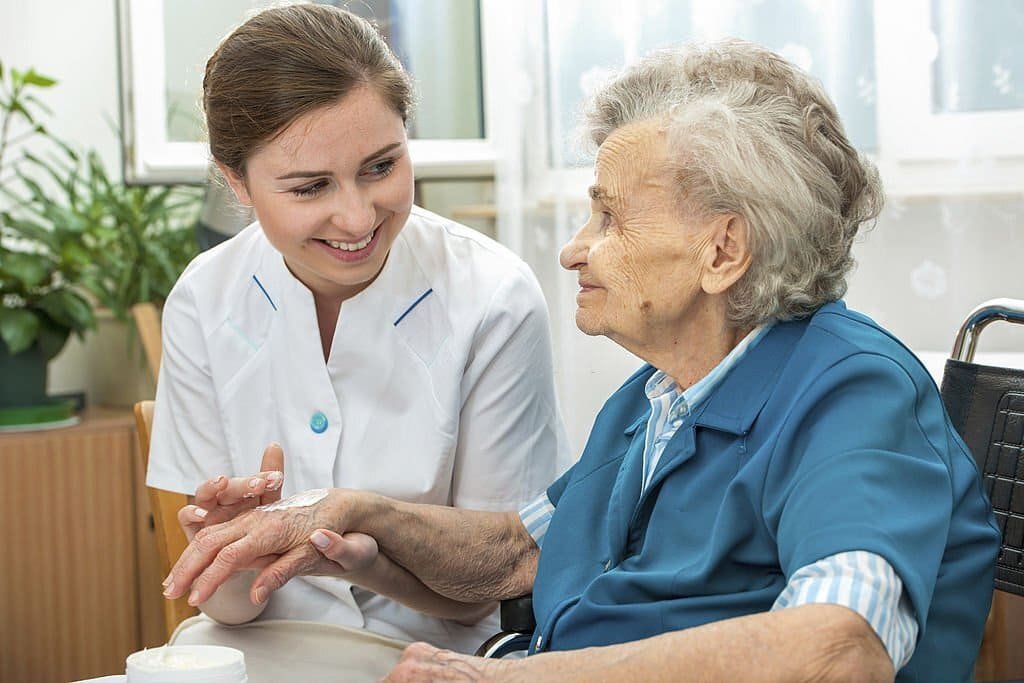
How to Regain Arm Movement After a Stroke?
Regaining mobility after a stroke is unique to each person, depending on their specific circumstances, such as losing partial movement or battling post-stroke paralysis. Fortunately, rehabilitation techniques may be tailored to accommodate individuals of varied abilities.
If a person had a stroke, they may need arm care therapy while regaining function. Some stroke survivors need treatment for arm or shoulder muscular problems, and shoulder discomfort is prevalent. This therapy is often started sometime after a stroke when a stroke survivor is cleared by their doctor. Even if you have only mild injuries due to your stroke, proper arm care may help avoid future complications.
There are several viable strategies for restoring arm mobility after a stroke.
How to Regain Arm Movement After a Stroke?
Electrical Stimulation
Electrical stimulation is another arm rehabilitation therapy with a strong scientific base. It works by implanting electrodes under the skin over the muscles that control the afflicted emotions. When the electrodes are stimulated electrically, the current forces the muscles to contract, resulting in arm movement. Electrical stimulation combined with rehabilitative exercise has been demonstrated to provide greater outcomes than electrical stimulation alone.
Consult your therapist before trying self-electrical stimulation. Your therapist can demonstrate the proper placement of the electrodes and how to use the system securely. Individuals with impaired feeling in their arms should exercise extra caution while using electrical stimulation, periodically examining the skin for redness or discomfort.
Repetitive Hand Exercises
The most critical stage in hand rehabilitation after a stroke is the repetition of hand strengthening exercises. An occupational therapist will prescribe exercises to strengthen the wrist, hand, and fingers in general. It is critical to complete these exercises exactly as directed. Repetitive movements are crucial for retraining the brain after a stroke, as we know from neuroplasticity.
Neuroplasticity refers to the brain’s capacity to reorganize itself after a stroke by establishing alternative routes for the injured part of the brain. It is critical to do repeated actions for the brain to reorganize itself.
Mental Exercise
Visualizing oneself engaging in activity helps trigger neuroplasticity in the same way that engaging in a real workout. This is why athletes devote time to envisioning themselves doing their sport to better their performance.
The mental practice may be beneficial for stroke survivors who are paralyzed. Even though you cannot move your arm at the moment, you may picture it and stimulate neuroplasticity.
Combining mental and physical practice produces superior benefits versus mental exercise alone. Spend five to ten minutes envisioning your arm workouts before doing them.
Consistent Exercise Routine
Consistency is necessary for long-term improvement in an individual’s range of motion, coordination, and timing. Repetition, consistency, and a high degree of involvement are critical factors in stroke recovery effectiveness.
Passive Exercises
What if your afflicted arm is immobile after a stroke? Can exercise aid in the rehabilitation process after paralysis? Absolutely!
Neuroplasticity is effective regardless of how badly your arm movement has been compromised. What is important is that you activate the brain with your arm movement.
As a result, if the afflicted arm is immobile, you may exercise passively. This may be accomplished independently by having a therapist or skilled caregiver move your affected arm for you by dragging your afflicted arm via therapeutic arm exercises with your non-affected armor.
Passive motions such as these assist the brain in stimulating and activating neuroplasticity. Some survivors may be able to restore arm mobility with regular practice. Bear in mind that the outcomes will most likely occur gradually.
After a few months of practice, you may notice twitches in your arm. This might be an indication that your arm is “awakening.” Hopefully, your progress encourages you to continue seeking recovery.
Additionally, passive exercise is still beneficial even if you do not immediately notice the effects. Moving flaccid (paralyzed) limbs through their full range of motion is essential to avoid muscle shortening and joint stiffness.
Conclusion
Frequently, individuals may regain normal function after a stroke without requiring intense treatment due to typical protective physiological mechanisms. Certain individuals heal pretty well and can operate regularly, post-stroke. Just be sure to be patient with yourself as you regain mobility. The process may take some time, but the hard work you put into your recovery will eventually pay off.